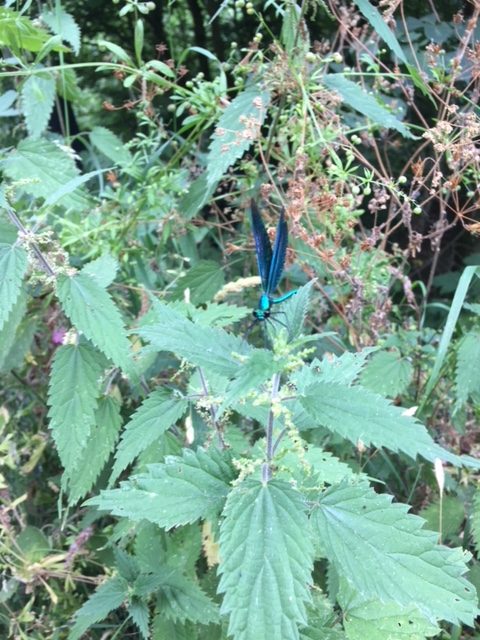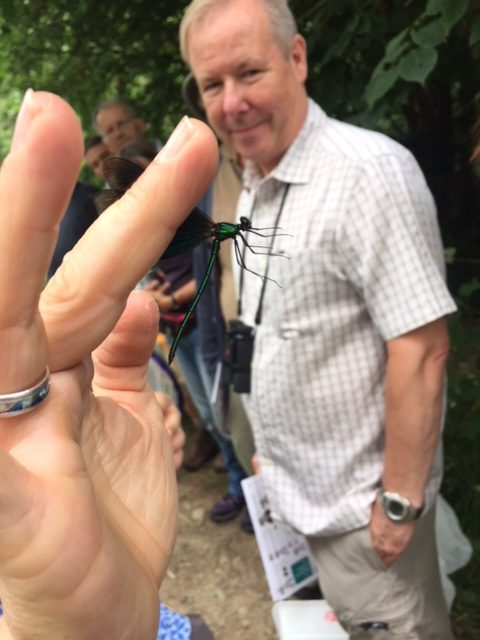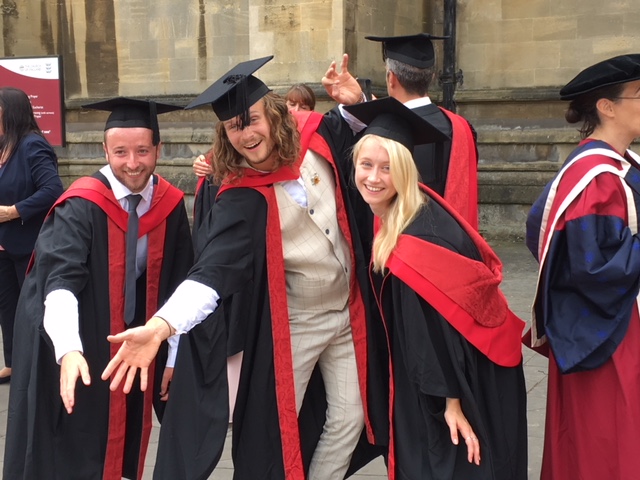
Don’t worry, I haven’t spent the month playing dungeons and dragons, I just couldn’t come up with a better title for this post. July has flown by but I’m afraid I don’t have much to report back on in terms of my traineeship. I’ve had a bit of time off to enjoy the sunshine, so this is a whistle stop tour of my last couple of weeks. I’ve also been a bit rubbish at taking photos this month so apologies for this text heavy post!
Dragonflies and Damselflies
I have been branching out even further this month, I’m trying to use this year to improve my field identification skills for a range of invertebrate groups, rather than just sticking to arachnids. I know it’s useful to develop a unique skill set but at the same time I think it’s best not to put all of my eggs into one (arachnid shaped) basket, seeing as I’m only at the start of my career. I’ve been trying to get to grips with dragonfly and damselfly identification, with the help of a few Biolinks courses.
I’ve been a bit wary of dragonflies since I was little, I remember watching a dragonfly larvae decapitate some tadpoles I had in the garden when I was about 7. I decided they were evil and I’ve not been a big fan of them since then to be honest but things have now changed. The first course I went on was titled “Learn to love dragonflies and damselflies” and, thankfully, it did what it said on the tin! The course was taught by Sue Rees-Evans, who used to be the Shropshire county recorder for Odanata, and is completely mad about dragonflies (in a good way). Her enthusiasm rubbed off so I soon got over my grudge against them once I heard all about their fascinating ecology, life cycles and behavior. I knew they were voracious predators but I didn’t realise some larvae are capable of taking down fish, or that they spend most of their life as larvae, lurking under water for years.
I was hooked after that so since then I’ve also been on Sue’s damselfly identification course, learning how to identify common species, how to tell the difference between all of the blue species and how to handle them. I was quite surprised at how quickly I picked it all up. There’s only around 20 species of damselflies in the UK so they’re a fairly easy group to become familiar with and Sue taught us loads of useful tips about how to identify some of the trickier species. I’ll be going on her dragonfly identification course at the end of this week so I should be a dragonfly and damselfly whizz after that! I’ve also been out putting my new skills to the test, spending time with my local county recorder, getting a bit more practice in with handling and identifying some tricky species, which has been really useful. I can definitely recommend the British Dragonfly Society website, it’s packed with interesting information and helpful identification tips, if you want to find out more about them.
I met Chris Packham!
I’ve been along to two bioblitzes this month to help put some spider records on the map. Chris Packham spent 10 days running bioblitzes all over the UK (so I’m sure hundreds of other people met him too, including some of the other trainees, but it was still exciting) to highlight that nature reserves aren’t enough and that our wildlife is in trouble. The results from these bioblitzes will act as a bench mark to measure the rise or fall of species in the future, depending on what we do to help. One of the events was at Radnorshire Wildlife Trust’s Gilfach, a reserve just down the road from where I live in Mid Wales. I used to spend a lot of time volunteering with RWT so I know the reserve well and they were in need of a few more biological recorders.
Nia travelled up for the day and she brought her vac sampler so we spent the day identifying as many spiders, hoppers and other invertebrates as possible. Later on in the day Chris Packham and his team arrived so we got to have a quick cuppa with them all. We had a quick chat about spiders and then some of Chris’s team filmed him talking about some of the spiders I’d found on the reserve – so hopefully that will help spread the spider love. Aside from meeting Chris, it was a really useful day for me in terms of making links with other arachnologists (spider people), as I met Michael Kilner. I knew of him before but only via a facebook spider ID group, he’s been really helpful sending me some of his photos for the spider guide I’m making (which should be printed and ready to go soon!) so it was nice to put a face to a name. It turns out Micheal is one of the few other spider people in Wales (taking the total up to 4, that I know of!), so it was great to spend the day trying to absorb all of his knowledge.
Master of Science
As mentioned, I haven’t been in the office that much as I’ve had a bit of time off this month, one of my trips was down to Bristol. I started this traineeship just as I was finishing my MSc in Advanced Wildlife Conservation, so I went back to Bristol for a few days for my graduation. I know it’s not related to my traineeship but I thought I’d add this in as I graduated with a distinction and I won the Conservationist of the Future award from the Bristol Zoological Society, so it’s been a great month for me! I’m hoping that these new additions to the CV, along with all of the experience I’m gaining through this traineeship, will help me to secure a job working in the conservation sector next year (fingers crossed!).
That’s pretty much it for this month, it’s still scary how quickly time is flying by and I’m sure I’ll be talking about how August has whizzed past in my next post.


